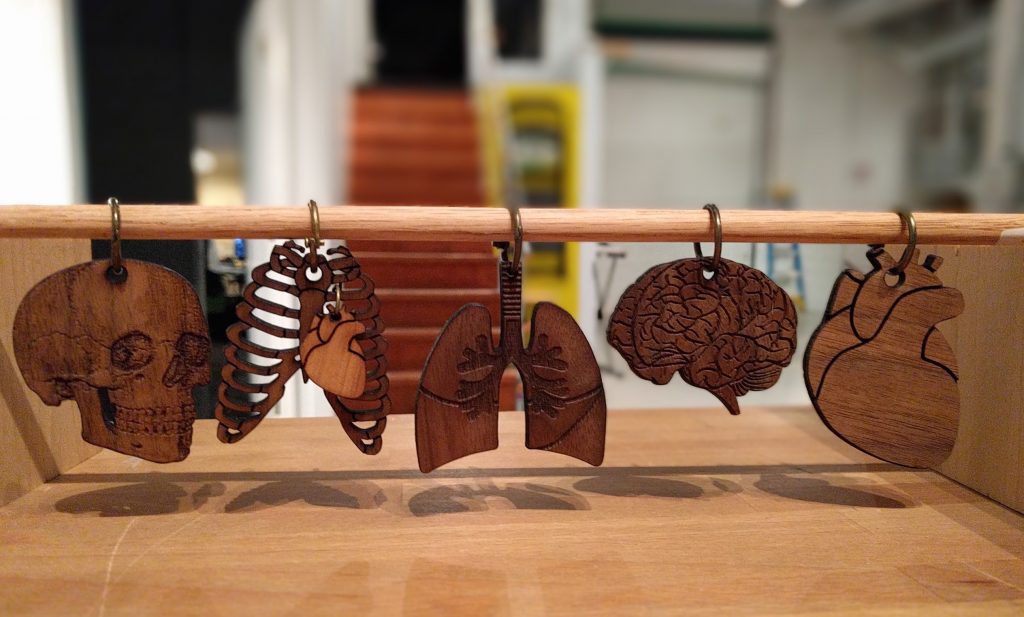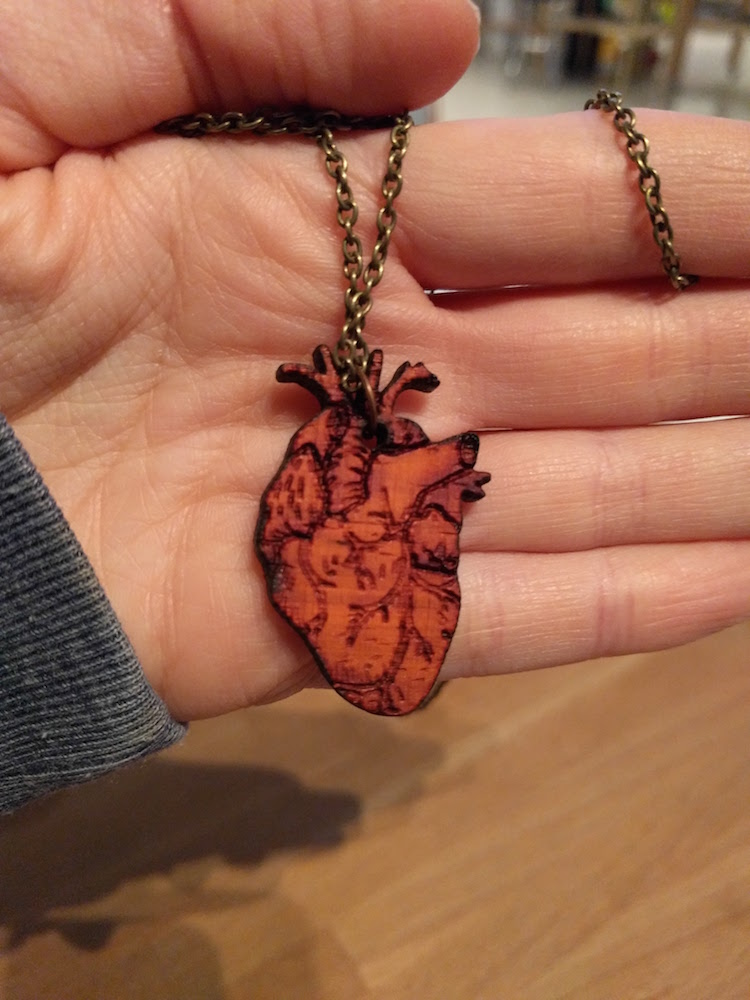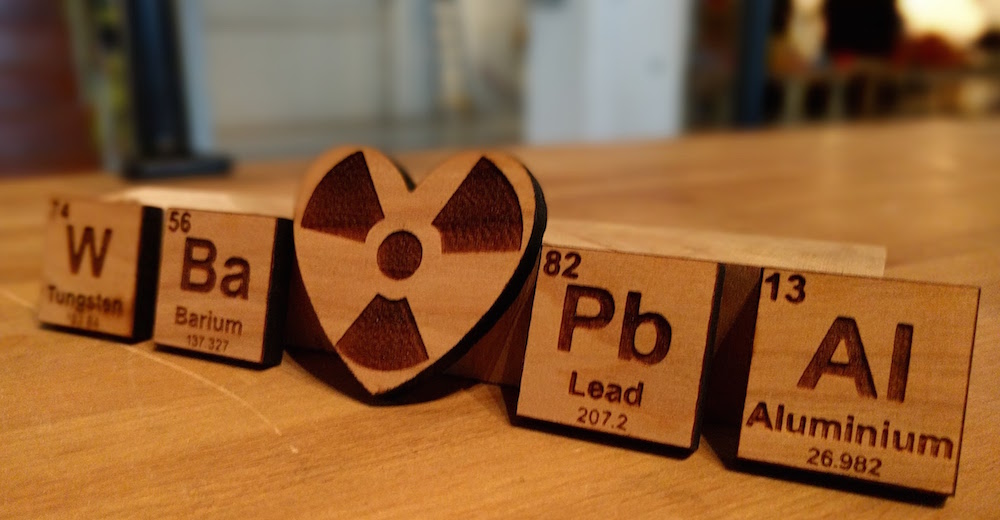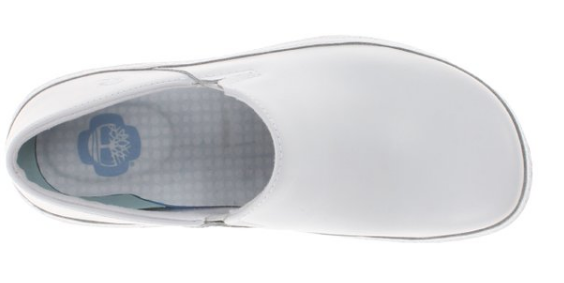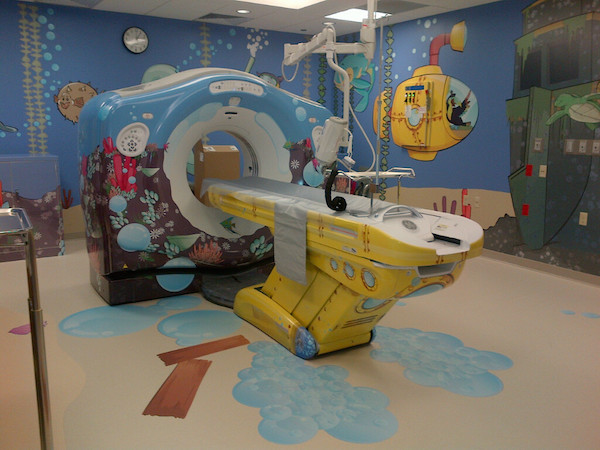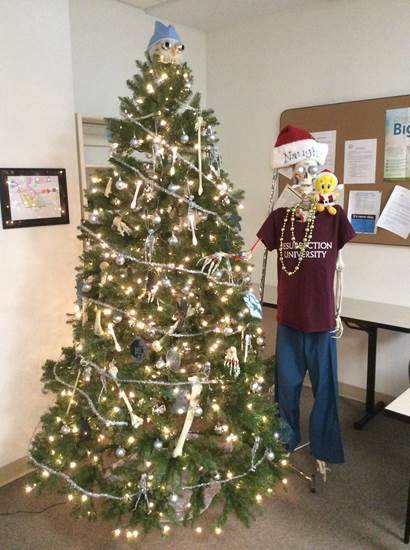I feel terrible that I haven’t been writing here because I’ve been involved in some really cool things that deserve to be mentioned. School and work have kept my brain so busy that I just haven’t had the energy to write for me. But I’m hoping to change that!
During my spring break, I attended a NASA Social to learn about the first-ever NASA mission to travel to an asteroid, retrieve a sample, and bring the sample back to Earth.
During the one-day event, I got to see the OSIRIS-REx spacecraft at Lockheed Martin. In addition to that, I got to speak with engineers about the inspiration behind and challenges facing OSIRIS-REx, took a tour of the mission operations center, and got an up close look at Lockheed’s massive asteroid wall.
Why is this mission such a big deal?
Asteroids are composed of leftover debris from the solar system formation. This can teach us about the history of our planets, as well as answer the question: Where did we come from?
OSIRIS-REx will launch in 2016, meet the asteroid in 2018, depart the asteroid in 2021, and return home with samples in 2023. What makes this such an incredible mission is that the spacecraft will only make contact with the asteroid for about five seconds while it gets its samples!
What is OSIRIS-REx?
OSIRIS-REx, or Origins-Spectral Interpretation-Resource Identification-Security-Regolith Explorer, is the first NASA mission to bring samples from an asteroid back to Earth.
It will launch this Fall, and orbit the sun for a year until finally using Earth’s gravitational field to move it long its path to Bennu. It will spend another year mapping potential sample sites on the asteroid.

A picture of the sample capsule and TAGSAM.
A sampling arm, called TAGSAM, will release a burst of nitrogen gas which will cause rocks and soil to be stirred up and captured by the samples head. After this brief encounter with Bennu’s surface, the sample capsule will separate from the OSIRIS-REx spacecraft and return to Earth. NASA hopes to collect between 60 and 2000 grams of asteroid material.
Where is OSIRIS-REx going?
Meet Bennu.

The OSIRIS-REx spacecraft will travel to the asteroid Bennu. Scientists chose Bennu because of its composition, size, and proximity to our planet. It’s considered a rare or “primitive” asteroid, meaning that it hasn’t changed significantly since it formed nearly 4.5 billion years ago. Because of this, scientists hope to find organic molecules on Bennu like those that led to the origin of life on Earth.
Admittedly I knew nothing about OSIRIS-REx when I applied for the NASA Social. After attending the Orbital ATK rocket launch (which was sadly scrubbed) in December, I jumped at the chance to attend another event during my break from school. I would have gone to any one of them, but I’m so glad this was the one I ended up at. Learning about this mission and touring Lockheed Martin was such an incredible experience.
And the other attendees made this social one to remember. Everyone was so interesting and I loved hearing about what got them interested in science and space exploration. I really hope to see some of them at the OSIRIS-REx launch in September!

If you’re interested in attending an event like this, check out the list of upcoming NASA Socials and apply.

